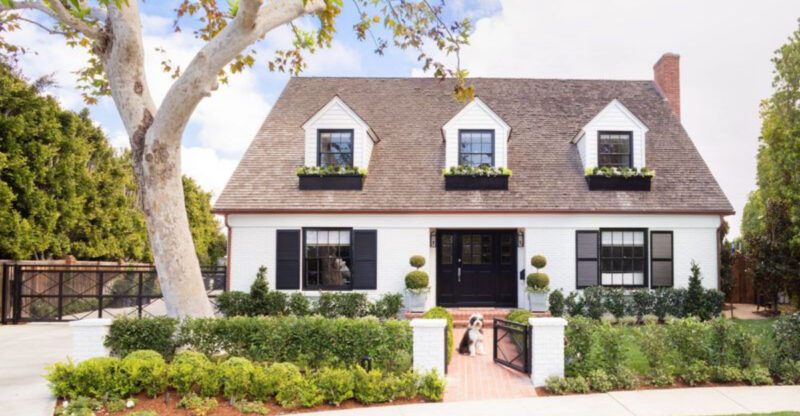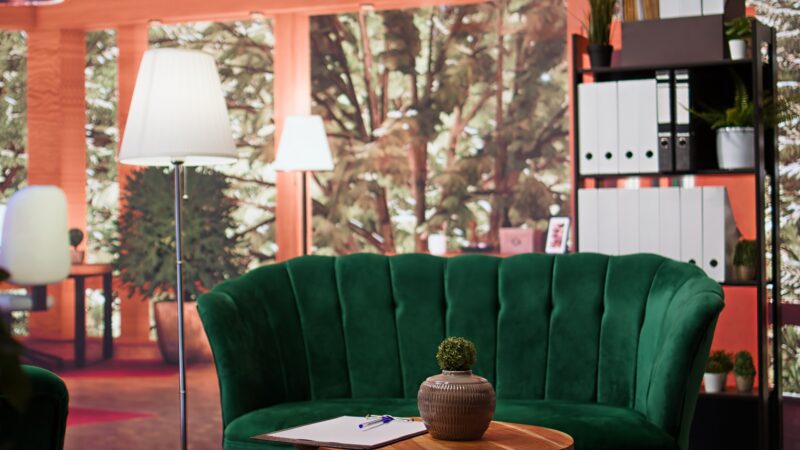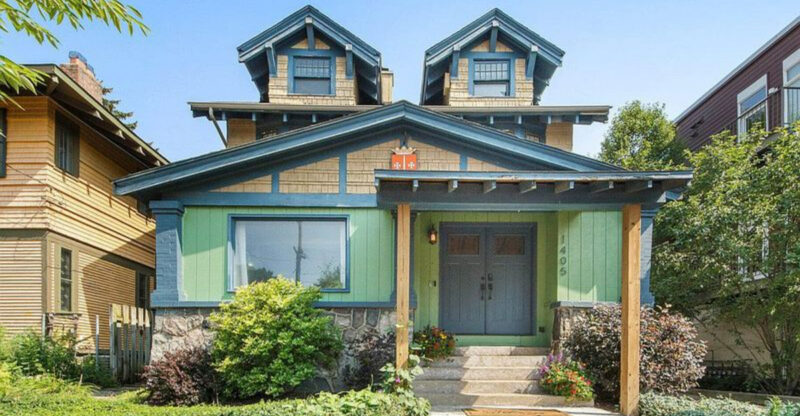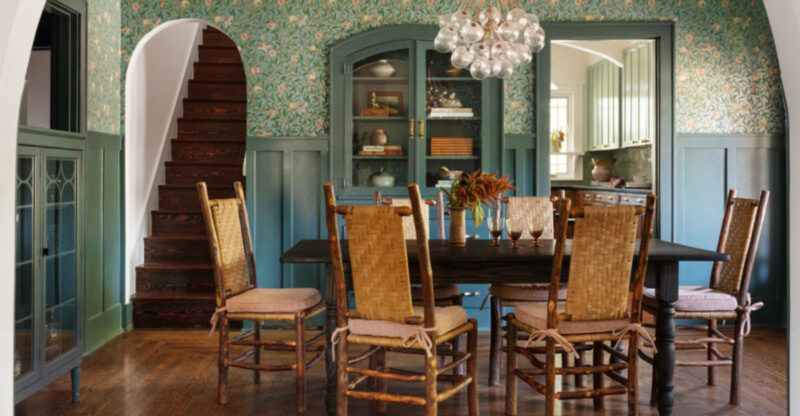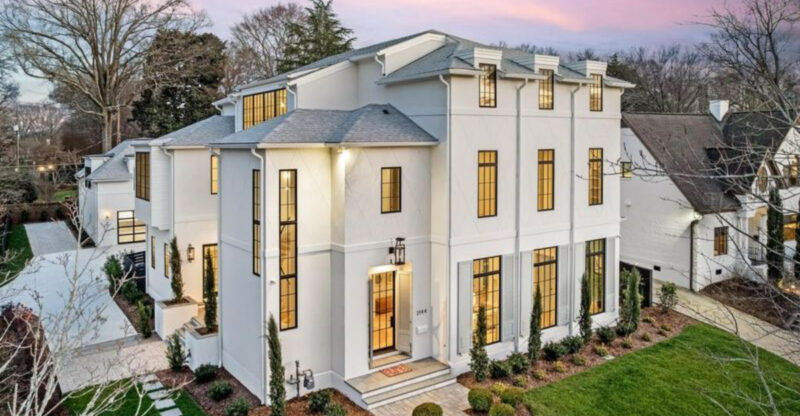25 American Mansions Full Of Historic Beauty
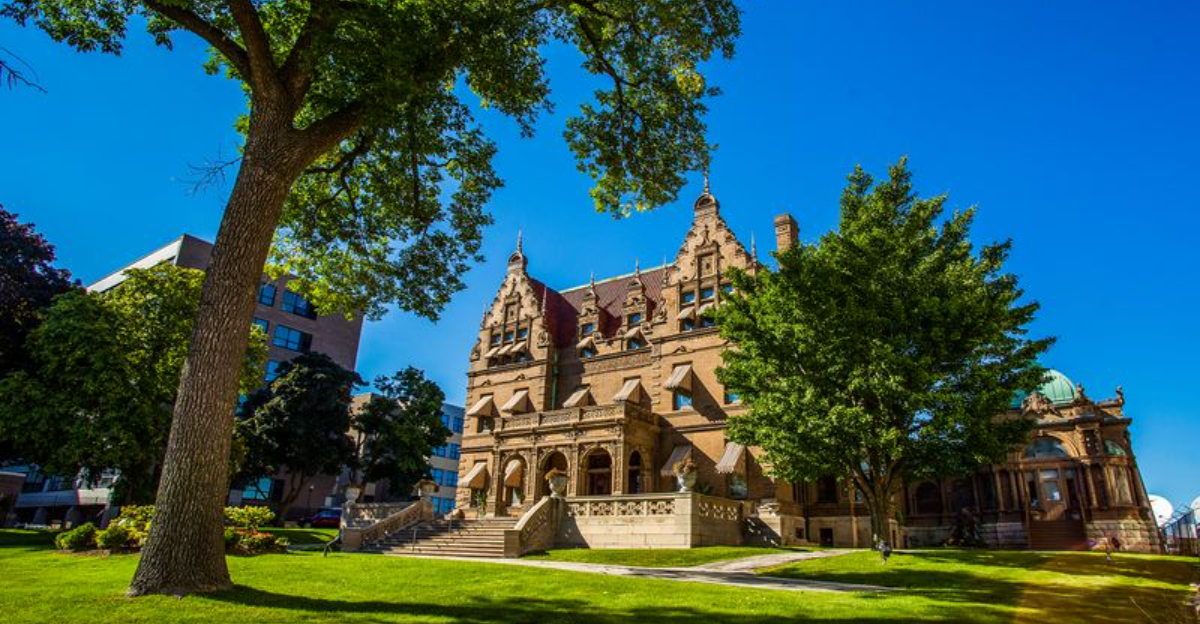
America’s historic mansions stand as magnificent reminders of our nation’s architectural heritage and the stories of those who built them.
These grand homes, spanning different eras and styles, offer glimpses into the lavish lifestyles of America’s wealthiest families. From Gilded Age palaces to plantation homes, each mansion holds unique treasures and tales waiting to be discovered.
1. Biltmore Estate – North Carolina

Nestled in the Blue Ridge Mountains, this breathtaking French Renaissance château remains America’s largest privately-owned home.
The Biltmore Estate spans 8,000 acres with 250 rooms filled with priceless art and antiques. George Vanderbilt’s magnificent vision includes stunning gardens designed by Frederick Law Olmsted, a winery, and spectacular mountain views that continue to awe visitors today.
2. Hearst Castle – California
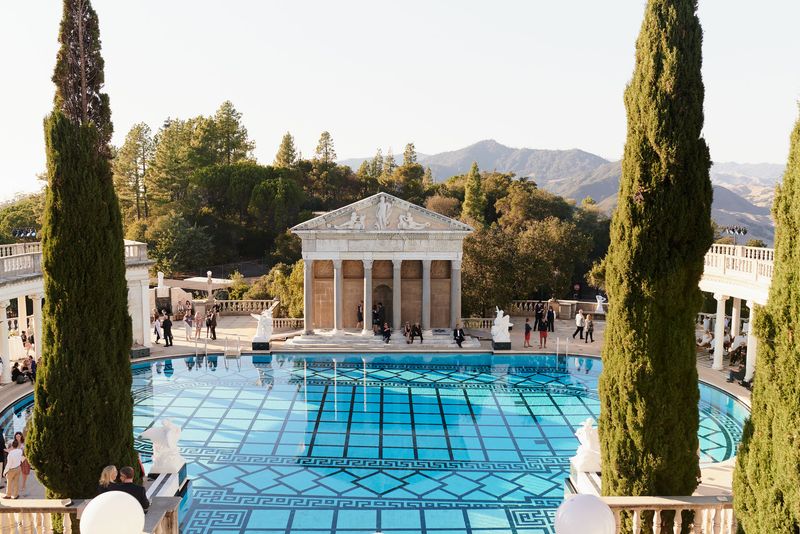
Perched dramatically on California’s central coast, this Mediterranean revival masterpiece emerges from the hillside like a dream. The newspaper tycoon’s extravagant retreat features 165 rooms and 127 acres of gardens, terraces, and pools.
Hearst Castle showcases an incredible collection of European art and antiquities, including entire ceilings imported from ancient churches. The Neptune Pool, with its temple façade and Greek statues, remains its most photographed feature.
3. The Breakers – Rhode Island

Summer afternoons feel eternal at this Italian Renaissance-inspired palace overlooking the Atlantic. Built for Cornelius Vanderbilt II, The Breakers exemplifies the excesses of America’s Gilded Age with its 70 rooms of marble, platinum, and gold.
The grand hall rises 45 feet with a ceiling adorned in intricate plasterwork. Massive windows frame crashing waves below, reminding visitors why this Newport masterpiece earned its evocative name.
4. Vizcaya Museum And Gardens – Florida
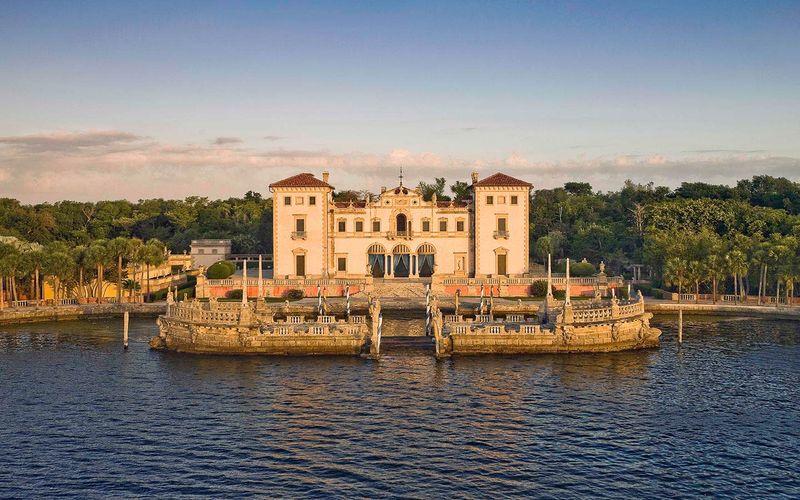
Tropical breezes caress this Mediterranean fantasy built on Biscayne Bay. Once the winter estate of industrialist James Deering, Vizcaya blends Italian Renaissance grandeur with Miami’s lush landscape to create something magical.
The villa houses over 2,500 antique art objects and furnishings. Its formal gardens, complete with topiary mazes and classical sculptures, extend to the water’s edge where a carved stone barge seems to float on the turquoise bay.
5. Monticello – Virginia
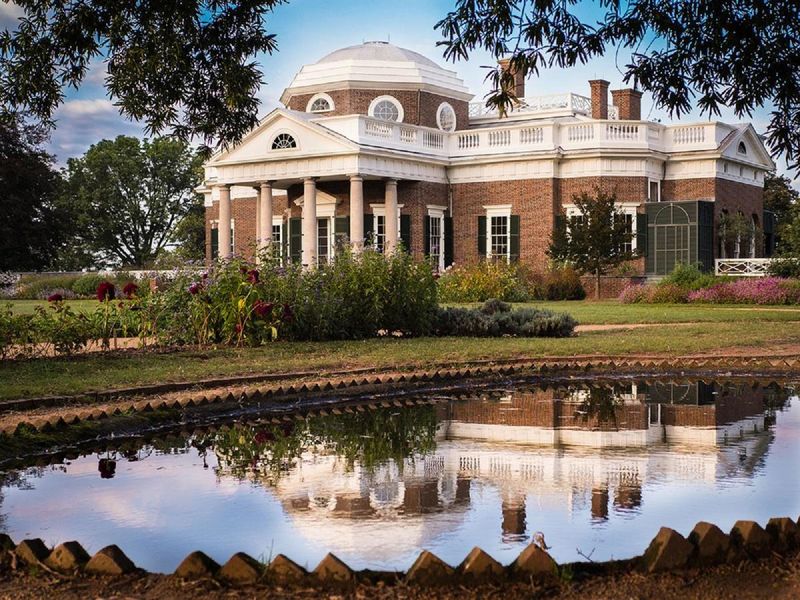
Revolutionary ideas took physical form in this neoclassical masterpiece atop a Virginia mountain. Thomas Jefferson designed his personal sanctuary with architectural innovations including skylights, hidden staircases, and America’s first dome on a private home.
Monticello’s gardens served as living laboratories where Jefferson experimented with hundreds of plant varieties. The estate offers profound insights into the complex legacy of its brilliant but contradictory creator, whose vision shaped a nation.
6. Filoli Historic House – California
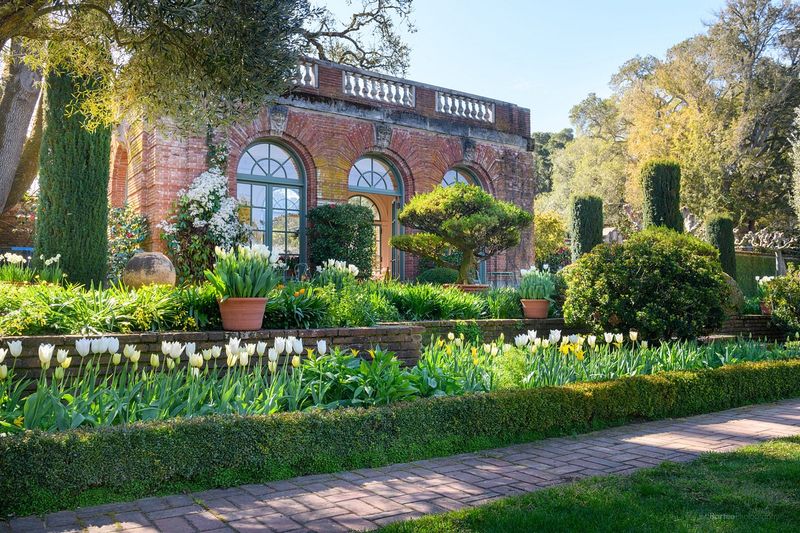
Morning fog drifts across meticulously manicured gardens surrounding this Georgian revival jewel. Located just south of San Francisco, Filoli was built by gold mine owner William Bourn, whose family motto – “Fight, Love, Live” – gave the estate its unusual name.
The 16-acre formal garden features magnificent seasonal displays, including 500 rose bushes and spectacular spring tulips. Inside, wood-paneled rooms showcase English antiques beneath ceilings painted with classical scenes.
7. Lyndhurst Mansion – New York
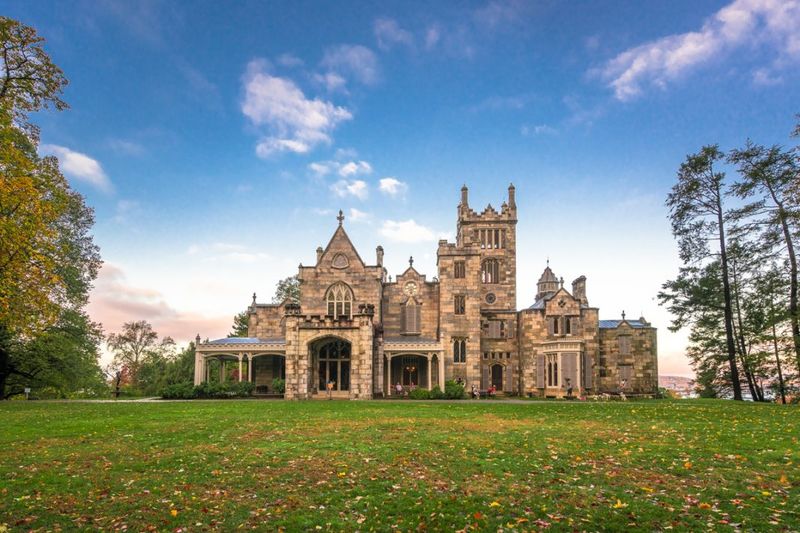
Gothic fantasies come alive in this romantic castle overlooking the Hudson River. Pointed arches, flying buttresses, and medieval-inspired interiors transport visitors to another era within Lyndhurst’s dramatic limestone walls.
Railroad tycoon Jay Gould’s former estate features original furnishings and one of America’s finest collections of Tiffany glass. The sweeping lawns and rose garden provide breathtaking views that have captivated visitors for over 175 years.
8. Nemours Estate – Delaware
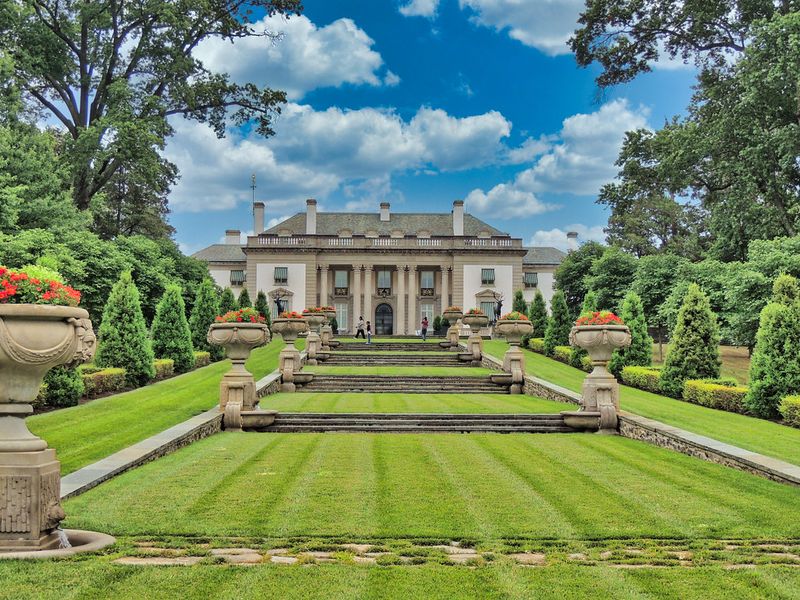
Parisian elegance blooms unexpectedly in Delaware at this spectacular French-inspired château. Built by Alfred I. duPont for his second wife, Alicia, the 77-room mansion stands as America’s largest French formal garden and the finest example of Louis XVI architecture in the country.
Nemours Estate features a stunning reflecting pool longer than the one at Versailles. Gold-plated fixtures, rare marble, and custom-made furniture fill rooms designed to showcase European masterpieces.
9. The Elms – Rhode Island

Society secrets hide behind the elegant façade of this French-inspired summer retreat. Coal magnate Edward Berwind commissioned this “cottage” to rival the great châteaux of France, complete with marble hallways and ballrooms designed for lavish entertaining.
The Elms featured groundbreaking technology, including one of America’s first electrical systems. A fascinating basement tour reveals the hidden world of the servants who maintained the illusion of effortless luxury for the Berwind family and their illustrious guests.
10. Rosecliff – Rhode Island
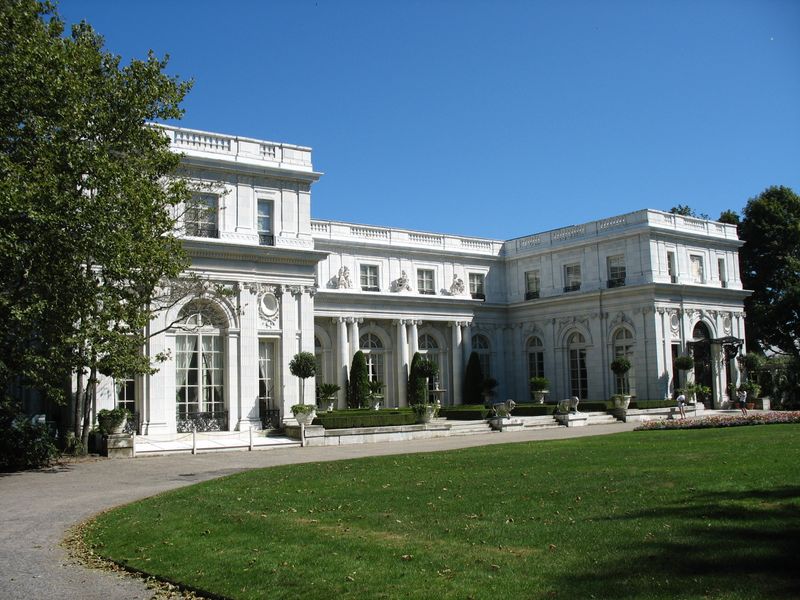
Champagne bubbles practically float in the air at Newport’s most romantic mansion. Modeled after the Grand Trianon at Versailles, Rosecliff was commissioned by silver heiress Theresa Fair Oelrichs specifically for entertaining on a grand scale.
The mansion’s heart-stopping ballroom – the largest in Newport – hosted legendary parties including the famous “Bal Blanc” where guests dressed entirely in white. Today, Rosecliff’s graceful silhouette continues to charm visitors and serves as a popular film location.
11. Winterthur Museum – Delaware
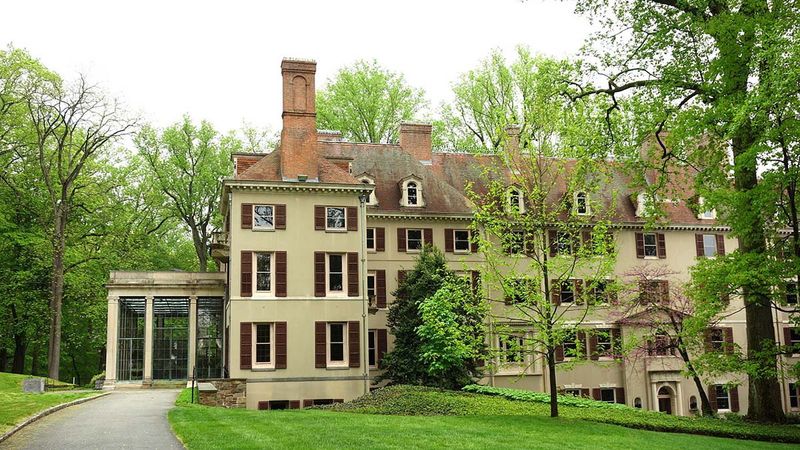
Generations of American craftsmanship find their home in this extraordinary country estate. Henry Francis du Pont transformed his childhood home into a showcase for his unparalleled collection of American decorative arts spanning 1640 to 1860.
Winterthur Museum contains 175 period rooms filled with 90,000 objects, each arranged exactly as du Pont intended. The surrounding 1,000 acres include naturalistic gardens designed to bloom sequentially throughout the seasons, creating living works of art.
12. Pittock Mansion – Oregon
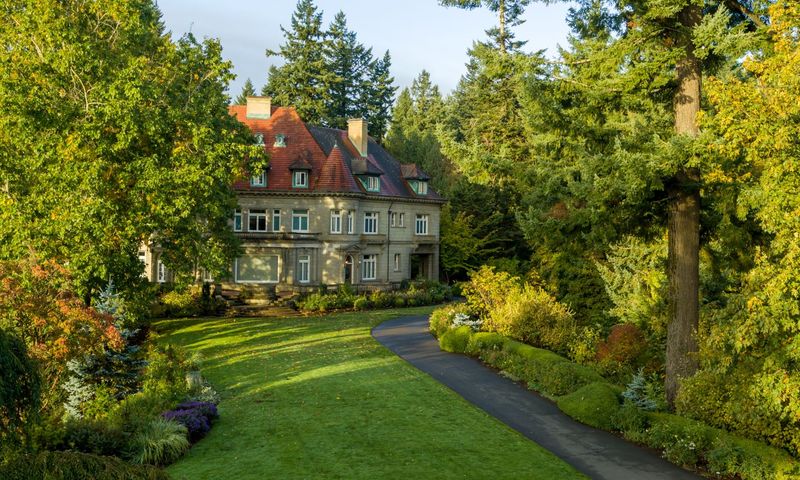
Pioneering spirit meets European refinement atop Portland’s West Hills. Built by newspaper publisher Henry Pittock and his wife Georgiana, this French Renaissance château offers breathtaking views of the city, Mount Hood, and the Cascade Range.
Completed in 1914, Pittock Mansion featured remarkably modern amenities including intercoms, indirect lighting, and a central vacuum system. Turkish and French design influences blend throughout the 16,000-square-foot home that stands as a monument to Portland’s transformation.
13. Oheka Castle – New York
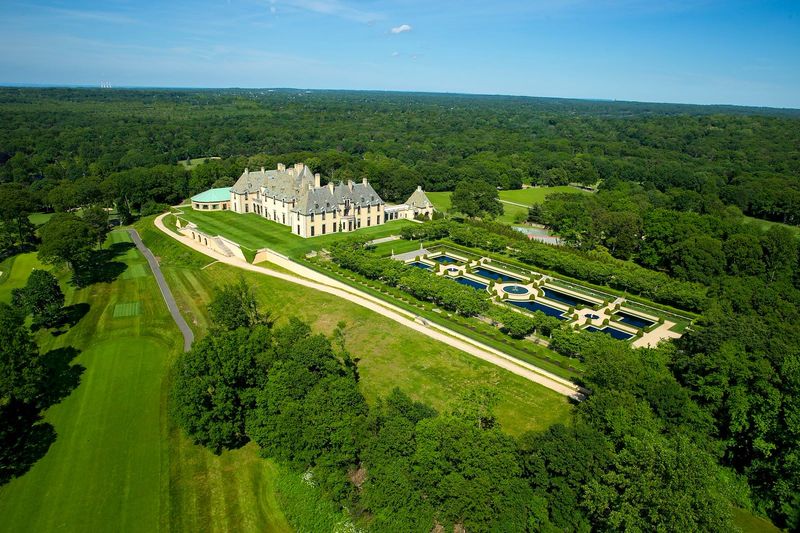
Gatsby-esque grandeur defines this French-inspired château standing majestically on Long Island’s Gold Coast. Financier Otto Hermann Kahn built what was once the second-largest private home in America, featuring 127 rooms on 443 meticulously landscaped acres.
Oheka Castle hosted legendary parties where Hollywood stars mingled with royalty. After decades of neglect and a devastating fire, this magnificent estate has been painstakingly restored to its 1920s glory, now serving as a luxury hotel and event venue.
14. Stan Hywet Hall – Ohio
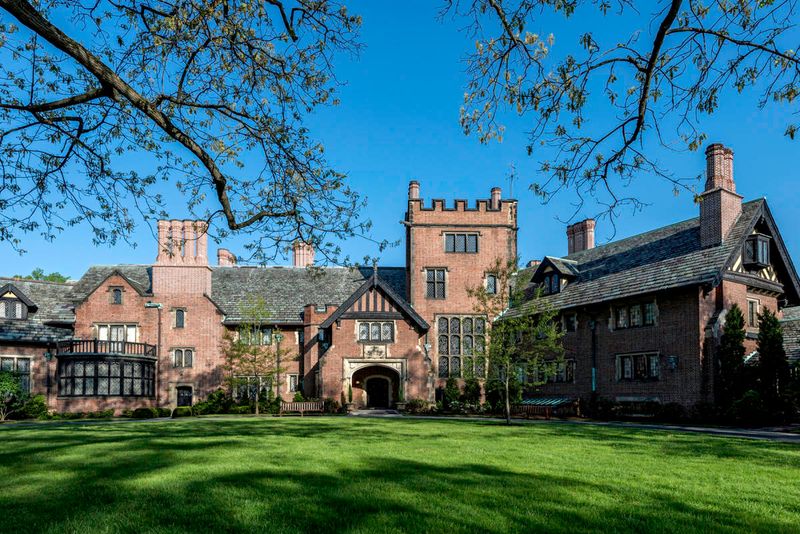
Old English charm pervades this Tudor revival manor built for Goodyear Tire co-founder F.A. Seiberling. The name “Stan Hywet” means “stone quarry” in Old English, referencing the property’s history before becoming one of America’s finest country estates.
Encompassing 70 acres and 65 rooms, the mansion features hand-carved paneling, leaded glass windows, and original furnishings. The spectacular grounds include a Japanese garden, English garden, and America’s largest private greenhouse, all designed by renowned landscape architect Warren Manning.
15. Meadow Brook Hall – Michigan
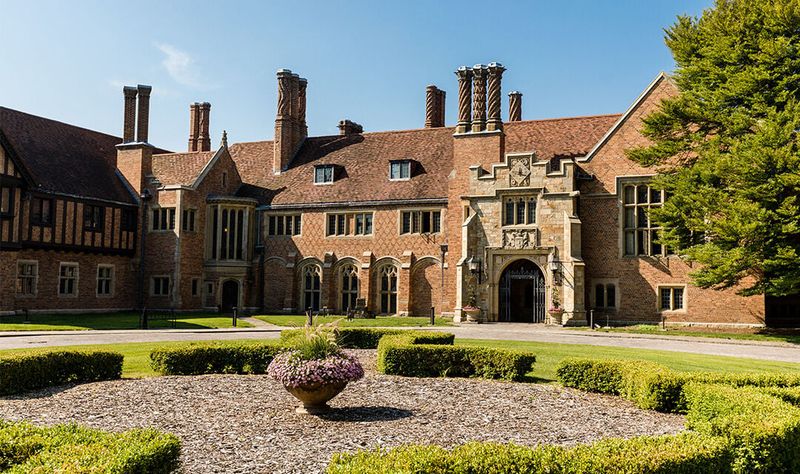
Automotive royalty built this Tudor-inspired masterpiece that remains one of America’s finest examples of country estate architecture. Matilda Dodge Wilson, widow of auto pioneer John Dodge, created this 110-room mansion filled with original furnishings, art, and innovations.
Meadow Brook Hall features hand-carved woodwork, custom Tiffany glass, and secret passages. The estate’s 1,500 acres once included working farms, stables, and recreation facilities, representing the perfect blend of luxury and practicality that defined America’s industrial aristocracy.
16. Swan House – Georgia
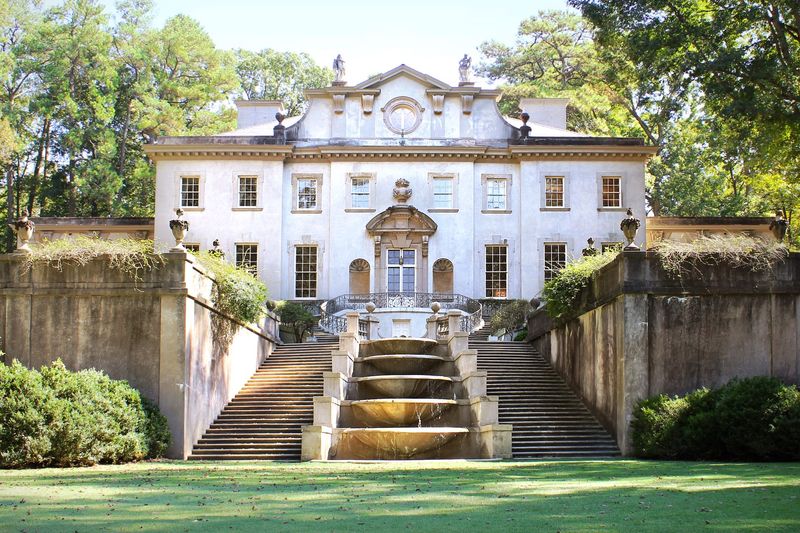
Southern elegance reaches its zenith in this classical mansion prominently featured in “The Hunger Games” films. Built for the Inman family during the Roaring Twenties, Swan House seamlessly blends Renaissance, Classical, and Baroque architectural elements into a harmonious whole.
The distinctive swans incorporated throughout the design give the estate its name. Inside, original furnishings and art remain exactly as the family left them, creating an authentic time capsule of Atlanta high society between the World Wars.
17. Longwood – Mississippi
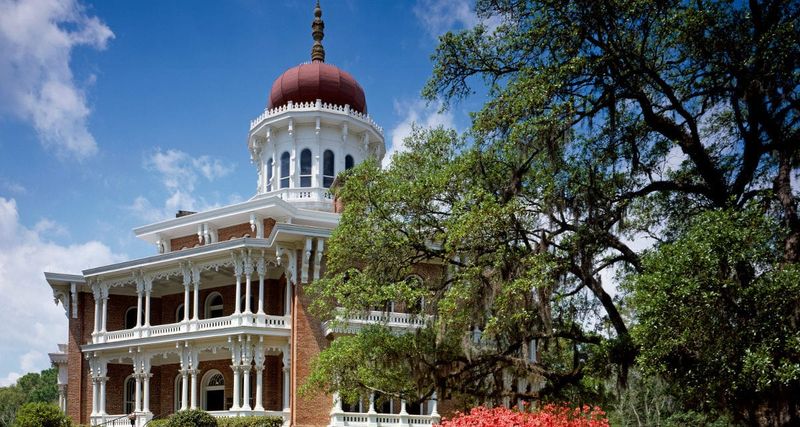
Unfinished dreams haunt this extraordinary octagonal mansion topped by a Byzantine-style dome. Construction on this architectural oddity began in 1860 for cotton planter Haller Nutt, but the Civil War interrupted work, leaving only the exterior and basement completed.
Longwood stands as the largest octagonal house in America. The basement rooms, finished in haste, contain original Nutt family furnishings. Above, visitors can explore the skeletal framework of upper floors frozen in time, creating one of America’s most hauntingly beautiful historic homes.
18. Marland Mansion – Oklahoma
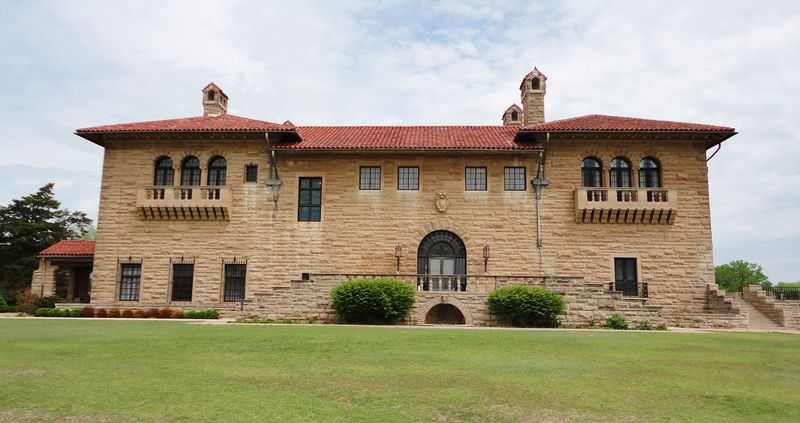
Oil wealth transformed into architectural splendor defines this “Palace on the Prairie.” E.W. Marland, founder of Conoco Oil, spared no expense on his 55-room Italian Renaissance villa featuring limestone walls, hand-carved details, and gilded ceilings.
The mansion contains astonishing features including a leather-lined elevator, gold-plated bathroom fixtures, and a ballroom with a spring-loaded floor. Marland’s fascinating personal story – including his controversial marriage to his adopted daughter – adds intriguing layers to this opulent Oklahoma treasure.
19. Ca’ d’Zan – Florida

Venetian dreams materialized on Florida’s Gulf Coast in this spectacular waterfront mansion. Circus magnate John Ringling and his wife Mable built their “House of John” after falling in love with Venice, creating a 36,000-square-foot Mediterranean fantasy of colored glass, glazed tile, and twisted columns.
The mansion’s terrace offers breathtaking bay views from its marble floors and ornate railings. Inside, original furnishings and art remain alongside Venetian glass chandeliers, reflecting the Ringlings’ passionate collecting and their vision of bringing European splendor to Florida’s shores.
20. Glenmere Mansion – New York
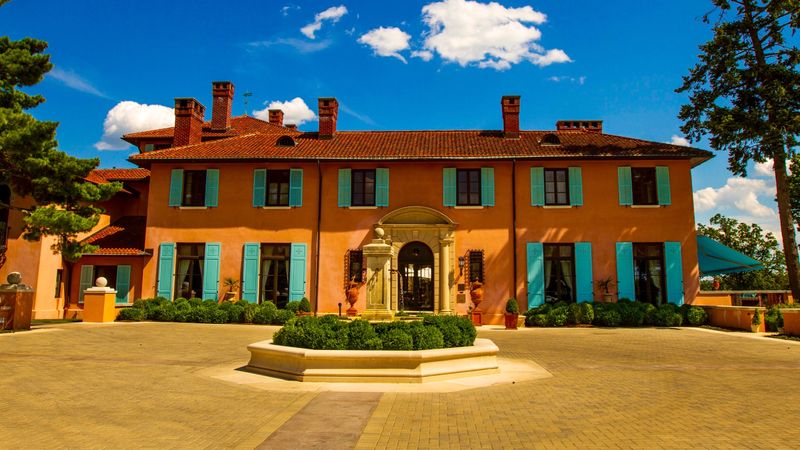
Tuscan elegance transported to the Hudson Valley creates an atmosphere of timeless sophistication at this pink-hued villa. Originally built for industrialist Robert Goelet in 1911, Glenmere hosted luminaries including Babe Ruth, Cole Porter, and Noel Coward during its heyday.
The mansion centers around a romantic courtyard with a marble fountain. After falling into disrepair, this architectural gem has been meticulously restored to its former glory, now operating as a luxury hotel where guests can experience the grandeur of America’s country house era.
21. Dumbarton Oaks – Washington, D.C.
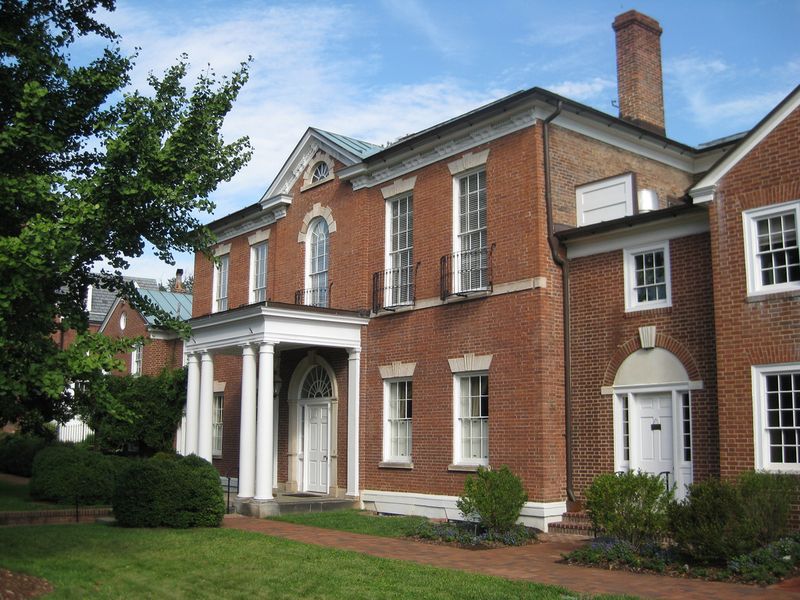
Intellectual pursuits and aesthetic perfection merge at this Georgetown estate where world leaders once gathered to shape international policy. Owned by diplomat Robert Bliss and his wife Mildred, Dumbarton Oaks houses exceptional collections of Byzantine and Pre-Columbian art.
The property’s crowning jewel remains its terraced gardens designed by landscape architect Beatrix Farrand. These outdoor “rooms” feature fountains, swimming pools, and seasonal plantings that create one of America’s most sophisticated garden experiences, influencing landscape design nationwide.
22. Hillwood Estate – Washington, D.C.
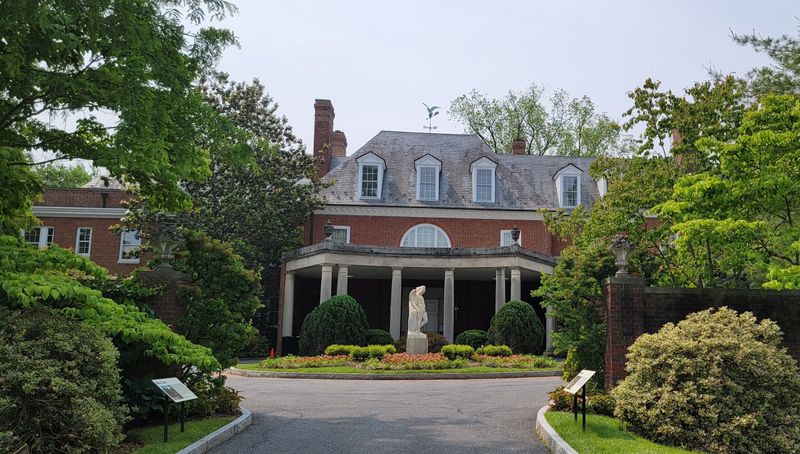
Russian imperial treasures found an unexpected American home at this elegant Georgian mansion. Cereal heiress Marjorie Merriweather Post created a showcase for her unparalleled collection of Russian imperial art, including Fabergé eggs, royal portraits, and precious objects once belonging to the Romanovs.
Hillwood Estate features spectacular gardens including a Japanese-inspired landscape and a formal French parterre. Post specifically designed her home as a future museum, ensuring her extraordinary collections would educate and inspire generations of visitors.
23. Pabst Mansion – Wisconsin
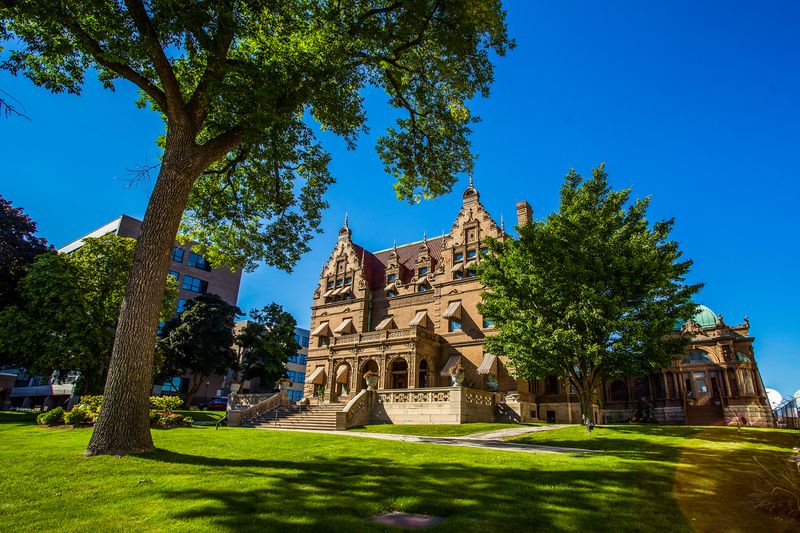
Brewing fortune transformed into architectural splendor defines this Flemish Renaissance revival gem in Milwaukee. Captain Frederick Pabst, of beer fame, created this 20,000-square-foot urban mansion featuring 14 fireplaces, hand-carved woodwork, and stained glass windows.
The Pabst Mansion showcases the German-American aesthetic that dominated Milwaukee’s Gilded Age elite. Intricate carved ceilings, hidden compartments, and innovative features like an early central vacuum system demonstrate the family’s commitment to both luxury and practicality in this meticulously restored masterpiece.
24. The Henry Morrison Flagler Museum (Whitehall) – Florida

Gilded Age grandeur fused with tropical splendor characterizes this 75-room Beaux-Arts masterpiece in Palm Beach. Commissioned by railroad magnate Henry Flagler as a symbol of his wealth and vision, the estate dazzles with marble floors, gilded ceilings, and opulent ballrooms.
Each lavish detail speaks to an era when American fortunes sculpted palatial residences, leaving behind a meticulously preserved testament to luxury and historical ambition.
25. Winchester Mystery House – California’
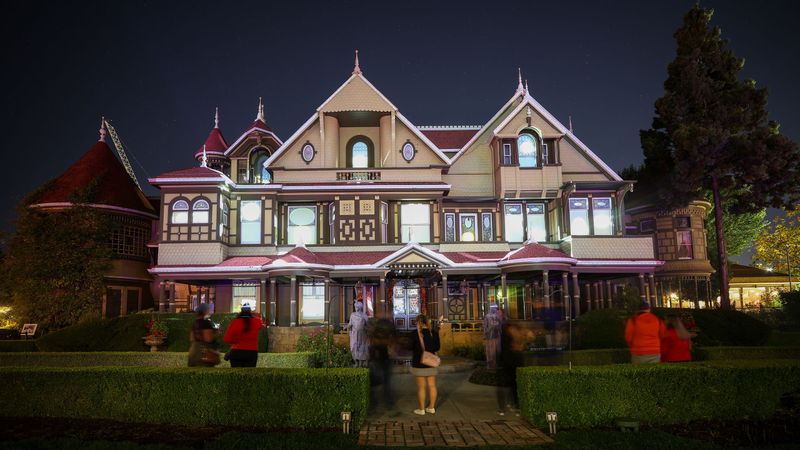
Architectural eccentricity born of fortune and fear defines this sprawling Victorian marvel in San Jose. Constructed under the guidance of Sarah Winchester, heiress to a rifle empire, the 160-room estate features twisting hallways, staircases to nowhere, and hidden doors – all intended to confuse restless spirits.
Elaborate woodwork, stained glass artistry, and curious design details transform this home into a meticulously crafted labyrinth, preserving a unique legacy of both opulence and superstition.

